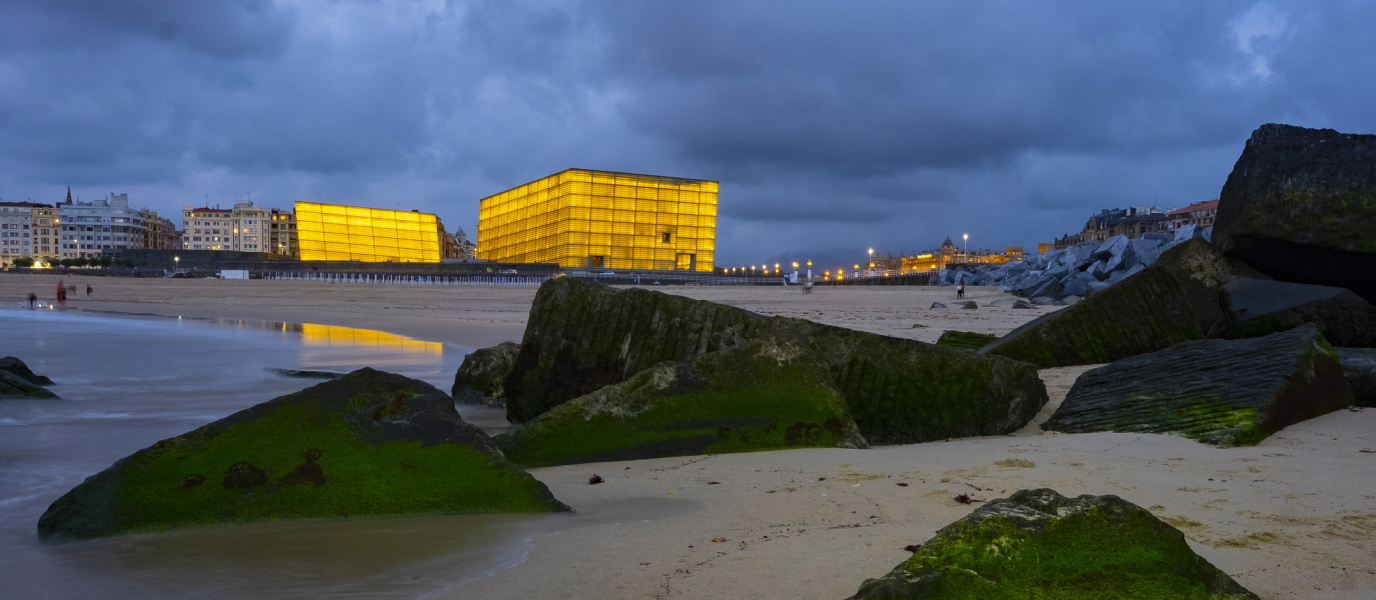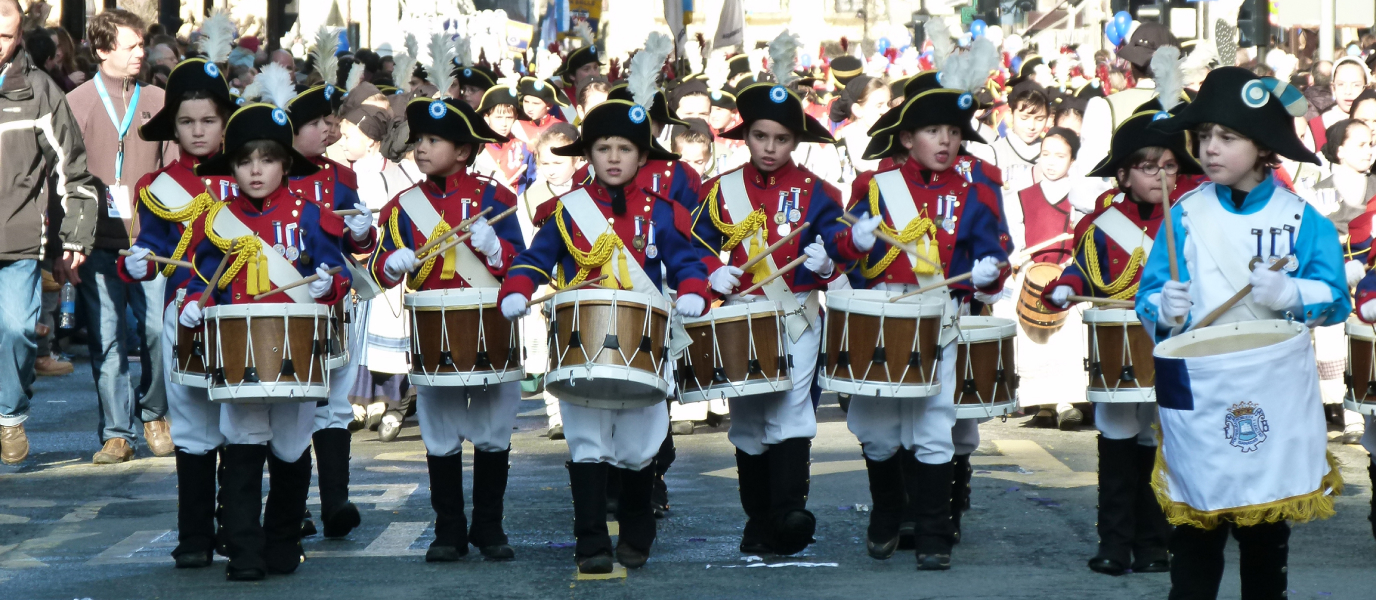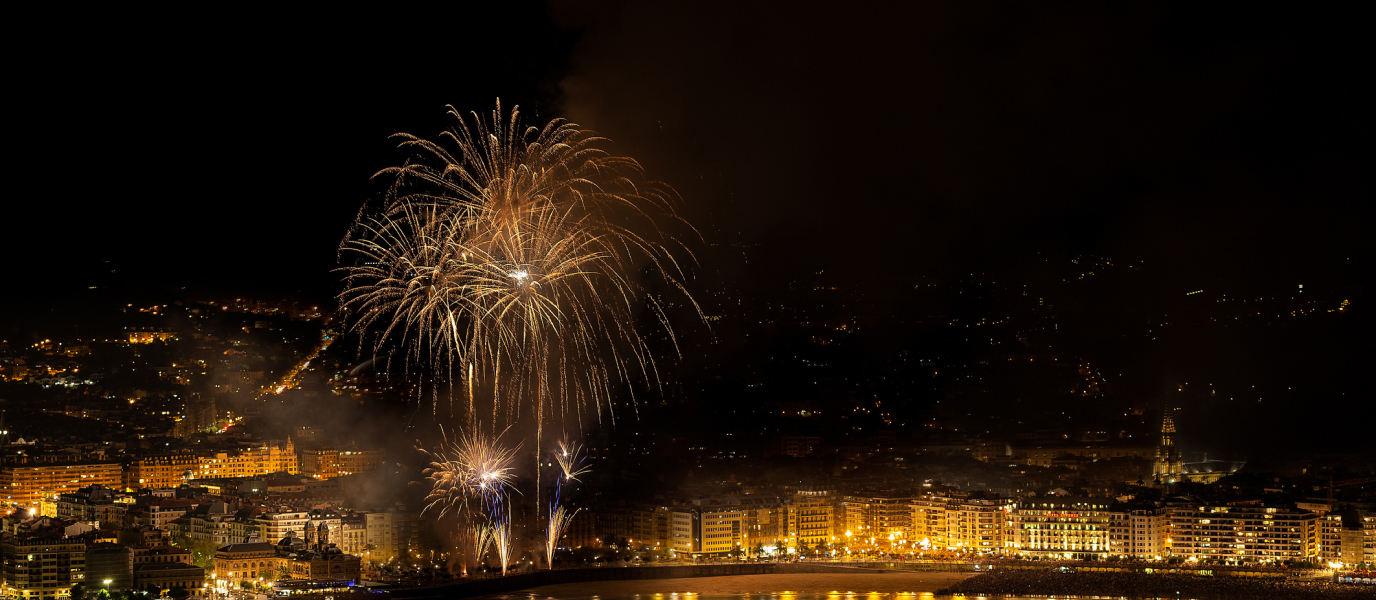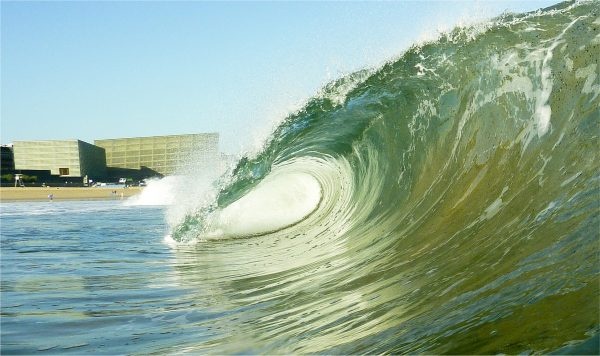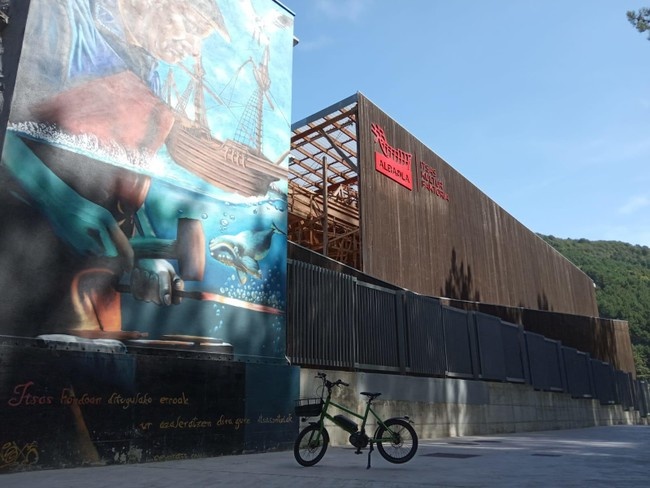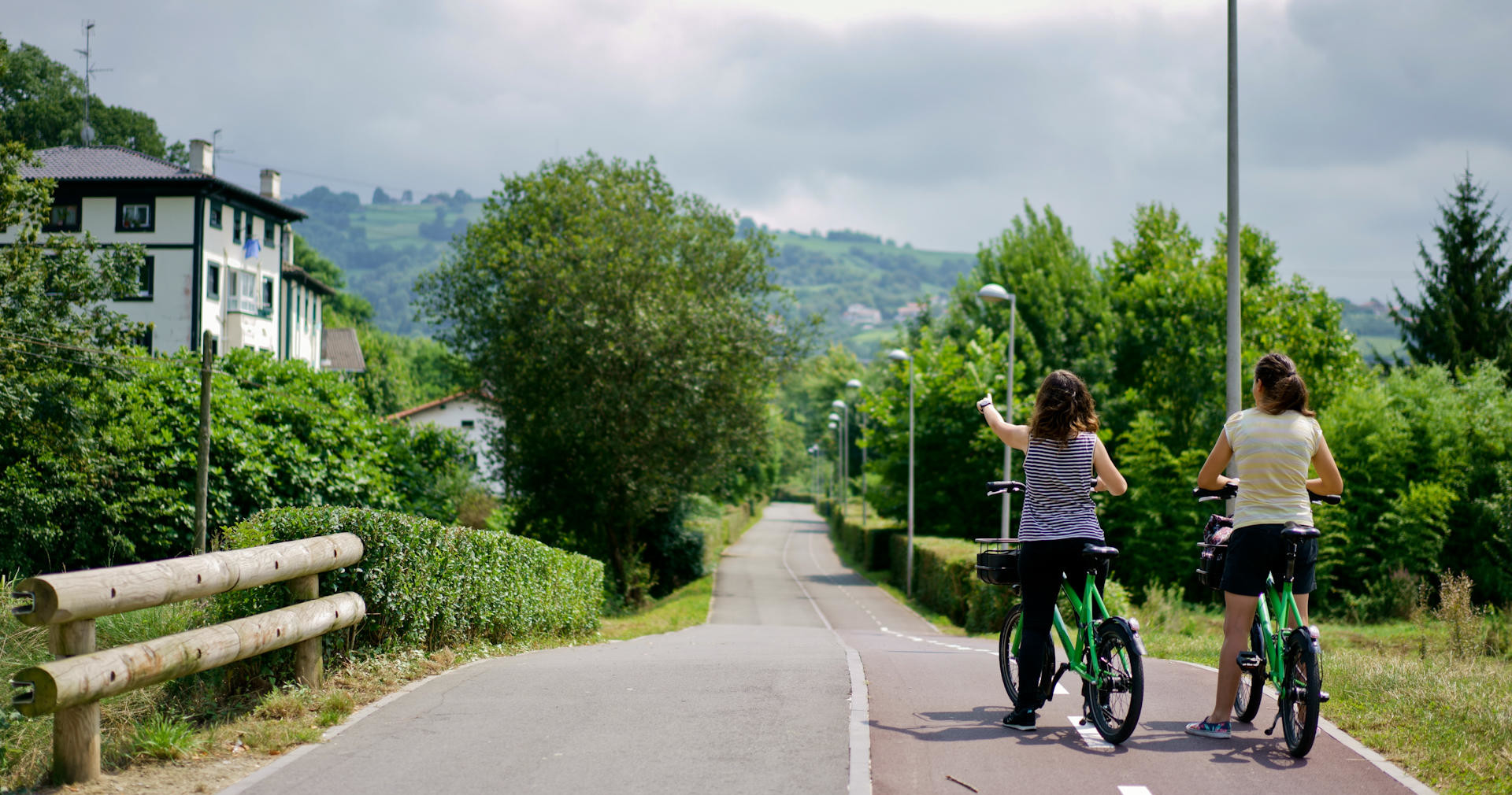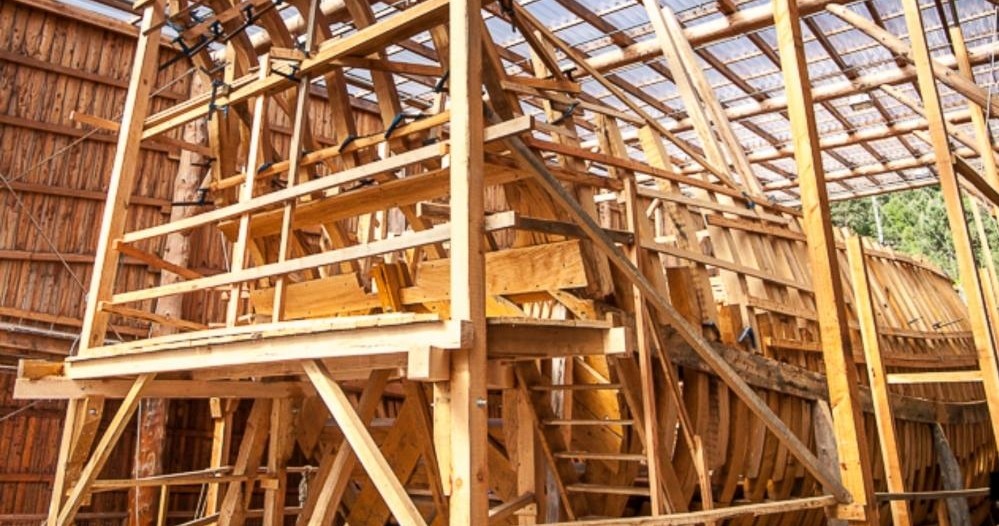Every mid-September, San Sebastián returns to the heyday of the Belle Époque. Branching out from the Kursaal building, which is the main venue for the festival, the city’s streets are all readied to host actors, actresses and other personalities from the film industry.
You can practically smell film and culture on the streets of San Sebastián. There are presentations, round tables, projections and other side events to delight cinema-lovers and anybody else who happens to be in town. If you love films and the cinema, you’ll love the festival.
How San Sebastián Film Festival began
Every year since the early 1950s, the film festival has attracted some of the world’s top film producers, directors, actors and actresses. Some of the stars who attended in its early years included Federico Fellini, Alfred Hitchcock, Kirk Douglas, Jean-Luc Godard, Bernardo Bertolucci, Audrey Hepburn, Francis Ford Coppola, Elizabeth Taylor, François Truffaut, Orson Welles and Luis Buñuel.
The original purpose of the festival was to boost San Sebastián’s image and give it a certain calibre. It was not initially a competition. By its fifth edition, it was already internationally renowned and its prominence in the industry increased. However, they say that the real reason things stepped up a notch was something that happened one year later. In 1958, during the sixth edition, Kirk Douglas attended the festival to present his film ‘The Vikings’. From that point on, the media had the city in its sights.
But if one thing in particular has given the film festival its good name over the years, it’s the fact that it has defended modern, independent, edgy and revolutionary film.
San Sebastian Film Festival awards: the Golden Shell and Donostia Awards
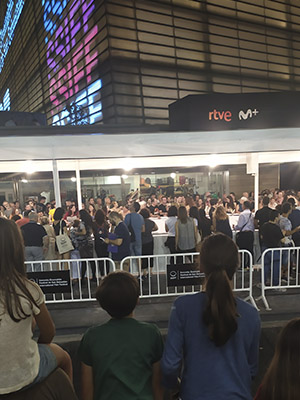
The International Federation of Film Producers Associations (FIAPF) divides film festivals into two different categories. On the one hand, there is category B, which is for non-competitive festivals and, on the other, there is category A, which is the highest possible international recognition that a film festival can obtain and the opportunity to present official awards.
San Sebastián Film Festival was given category A status in 1957 and, since then, it has awarded the Golden Shell. The prize has won increasing recognition in the industry over the years. Then, almost three decades later, the second most important festival prizes were created: the Donostia Awards.
- The Golden Shell.
The Golden Shell is the top prize that the film festival’s official jury can award for the best film out of all the entries in each edition. There is only one Golden Shell, followed by three Silver Shells. They are awarded to the best director, the best actor and the best actress, respectively.
The Shells and the Donostia Awards have been manufactured in the same workshop and by the same local family (the Ayestaran brothers) for over 40 years.
- The Donostia Awards.
In 1986, the San Sebastián Film Festival presented the Donostia Award to Gregory Peck. The symbolic streetlight on the first ramp leading onto La Concha beach was designed by Luis Alday and it was the inspiration for the shape of this honorary prize that is awarded in recognition of the winner’s lifelong contribution to film. Since that first occasion, it has been awarded every year to a number of different personalities including Vittorio Gassman, Catherine Deneuve, Susan Sarandon, Anthony Hopkins, Fernando Fernán Gómez, Robert de Niro, Woody Allen and Antonio Banderas.
How San Sebastián Film Festival is organised: entrance tickets, the programme and the places
Although the entire city becomes embroiled in film and culture for the entire festival week, there are three main venues for programmed events. The Kursaal building, María Cristina Hotel and Tabakalera International Centre for Contemporary Culture.
- The Kursaal building.
The original building was a palace built in the 1920s. It was demolished and replaced by the one that you can see today, a building that changed the San Sebastián skyline and, more specifically, the Zurriola beach skyline.
This modern construction was designed by Rafael Moneo and opened in 1999. It is the main International Film Festival venue. The participating films are shown at the Kursaal Conference Centre and Auditorium. It is also the venue for the opening and closing ceremonies and for the Golden Shell and Donostia Award ceremonies, amongst others.
- María Cristina Hotel.
As you cross Zurriola or Kursaal bridges, you can see the classic silhouettes of two unique buildings: Teatro Victoria Eugenia and María Cristina hotel. Both are emblems of the Belle Époque era and the latter was opened by Queen María Cristina in 1912. If you do go to San Sebastián and are lucky enough to stay in this hotel, keep in mind that you will be staying in the same place as historical figures and all-time Hollywood stars. Year after year, actors, actresses and film directors such as Trotsky, Coco Chanel, Mata Hari, Audrey Hepburn, Sophia Loren, Woody Allen and Robert de Niro stay at the hotel when they attend the International Film Festival.
- Tabakalera.
Tabakalera International Centre for Contemporary Culture has been a San Sebastián International Film Festival venue since 2016. The most unconventional competitive section of the festival is held there: Zabaltegi-Tabakalera. There are few rules and regulations in this section – any type, duration and style of film is permitted. The participating films are entered for the Zabaltegi-Tabakalera award, which aims to promote unique and unusual film projects.
If you’re in San Sebastián in mid-September, don’t miss the opportunity to go to one of the events. For example, the festival opening day or closing event, the Donostia Awards, the Golden and Silver Shells or the Zabaltegi-Tabakalera award. You can also immerse yourself in modern and independent cinema since both the participating films and other films of all kinds are shown right across the city.
If you are interested in attending, don’t forget to buy your entrance tickets. You can purchase them at the Centro Kursaal ticket office from early September and also on the Internet. San Sebastián Film Festival is waiting for you!



























































